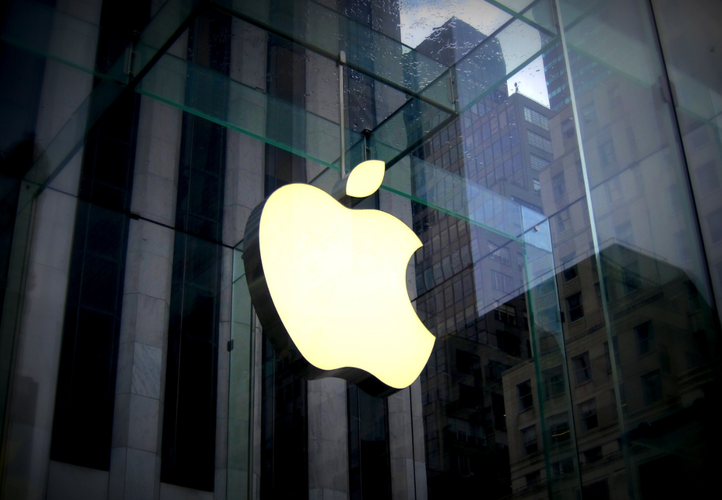
According to the ACCC, the error 53 software fault occurred where, as part of the iOS software installation process, a change was detected in the connection between the “Touch ID” and other components of the device.
Many of the Australian consumers who experienced the error 53 software fault sought after-sales support from Apple Australia, through its retail stores or via its telephone support service, and requested a remedy for their bricked iPhones and iPads, the ACCC said.
The Commission alleges that, between February 2015 and February 2016, Apple Australia represented to certain consumers that, if a component of their iPhone or iPad had previously been repaired, serviced or replaced by someone other than Apple Australia or a service provider authorised by Apple Australia or Apple US, no Apple entity was required to, nor would, provide a remedy for the error 53 software fault at no cost.
The crux of the ACCC’s allegations is that the representations by Apple Australia, under the guidance of Apple US, in this matter were misleading or deceptive.
The ACCC does concede, however, that in February 2016, Apple US released an iOS software update which, if downloaded and installed by consumers whose iPhones and iPads had been bricked as a result of the error 53 software fault, restored the functionality of the device.
However, in addition to the consumers who experienced the error 53 software fault, some consumers with iPhones experienced faults relating to a component of their iPhone, which led Apple US to initiate recall programs for the affected iPhones, conducted in Australia through Apple Australia, according to the ACCC.
Regardless, the ACCC alleges that Apple Australia and Apple US engaged in conduct that was “misleading or deceptive (or likely to mislead or deceive) in contravention of s 18 of the Australian Consumer Law”.
The ACCC also alleges that, in connection with the supply of goods or services, Apple made false or misleading representations as to the existence, exclusion or effect of guarantees, rights and remedies.
Likewise, the ACCC alleges that the error 53 software fault representations and the error 53 software fault website representation were “misleading or deceptive, likely to mislead or deceive and/or false”.
The reason for this, according to the ACCC, is because Apple’s iOS8 and iOS9 software updates supplied to Australians were subject to consumer guarantees which required that they be of “acceptable quality and be reasonably fit for the purposes for which Apple US represented they were reasonably fit”.
However, the ACCC alleges that the iOS8 and iOS9 software updates, when downloaded to a consumer’s iPhone or iPad, in some circumstances, caused those devices to cease functioning.
As such, the ACCC claims that the consumers whose devices ceased functioning because of the error 53 software fault were entitled to a remedy from Apple US, under Australian Consumer Law.
The case continues.
Join the CIO Australia group on LinkedIn. The group is open to CIOs, IT Directors, COOs, CTOs and senior IT managers.
